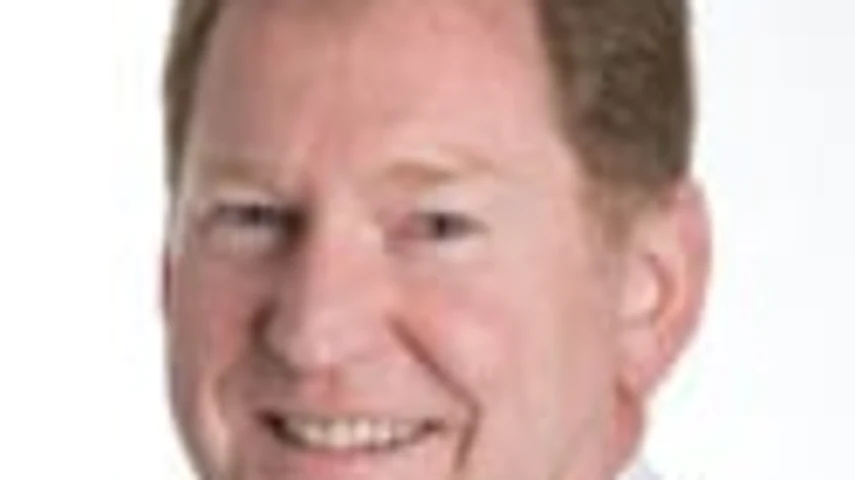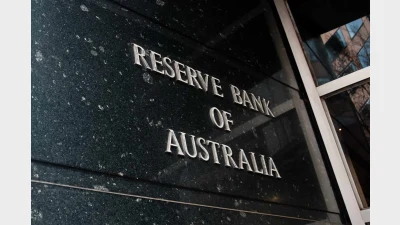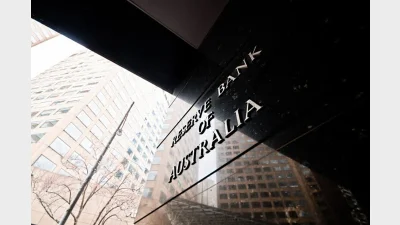Key super administrators set standard



 |
| Greg Camm
|
Three of Australia’s major superannuation fund administrators — Australian Administration Services (AAS), Pillar Administration and Superpartners — have jointly developed a set of principles and protocols that they claim will make transfers between super funds quicker, easier and more economical.
In a joint announcement issued today, the three administrators said they had agreed upon the rules covering data and money flow for rollovers — something that had evolved from questions raised by the Cooper Review into superannuation.
Commenting on the agreement, the chief executives of the three organisations agreed that it was consistent with the direction being taken by Medicare in establishing a contribution clearing facility for small employers.
Superpartners chief executive Greg Camm said the Cooper Review had challenged the industry to improve the efficiency of the system, and that the three administrators believed the joint initiative effectively rose to the challenge.
For his part, Pillar chief executive Peter Beck said the Government’s decision to appoint Medicare to operate a clearing house had provided a unique opportunity for the industry, in that it had facilitated an agreement about the protocols for the efficient and secure transfer of data and money.
Recommended for you
Large superannuation accounts may need to find funds outside their accounts or take the extreme step of selling non-liquid assets under the proposed $3 million super tax legislation, according to new analysis from ANU.
Economists have been left scrambling to recalibrate after the Reserve Bank wrong-footed markets on Tuesday, holding the cash rate steady despite widespread expectations of a cut.
A new Roy Morgan report has found retail super funds had the largest increase in customer satisfaction in the last year, but its record-high rating still lags other super categories.
In a sharp rebuke to market expectations, the Reserve Bank held the cash rate steady at 3.85 per cent on Tuesday, defying near-unanimous forecasts of a cut and signalling a more cautious approach to further easing.











